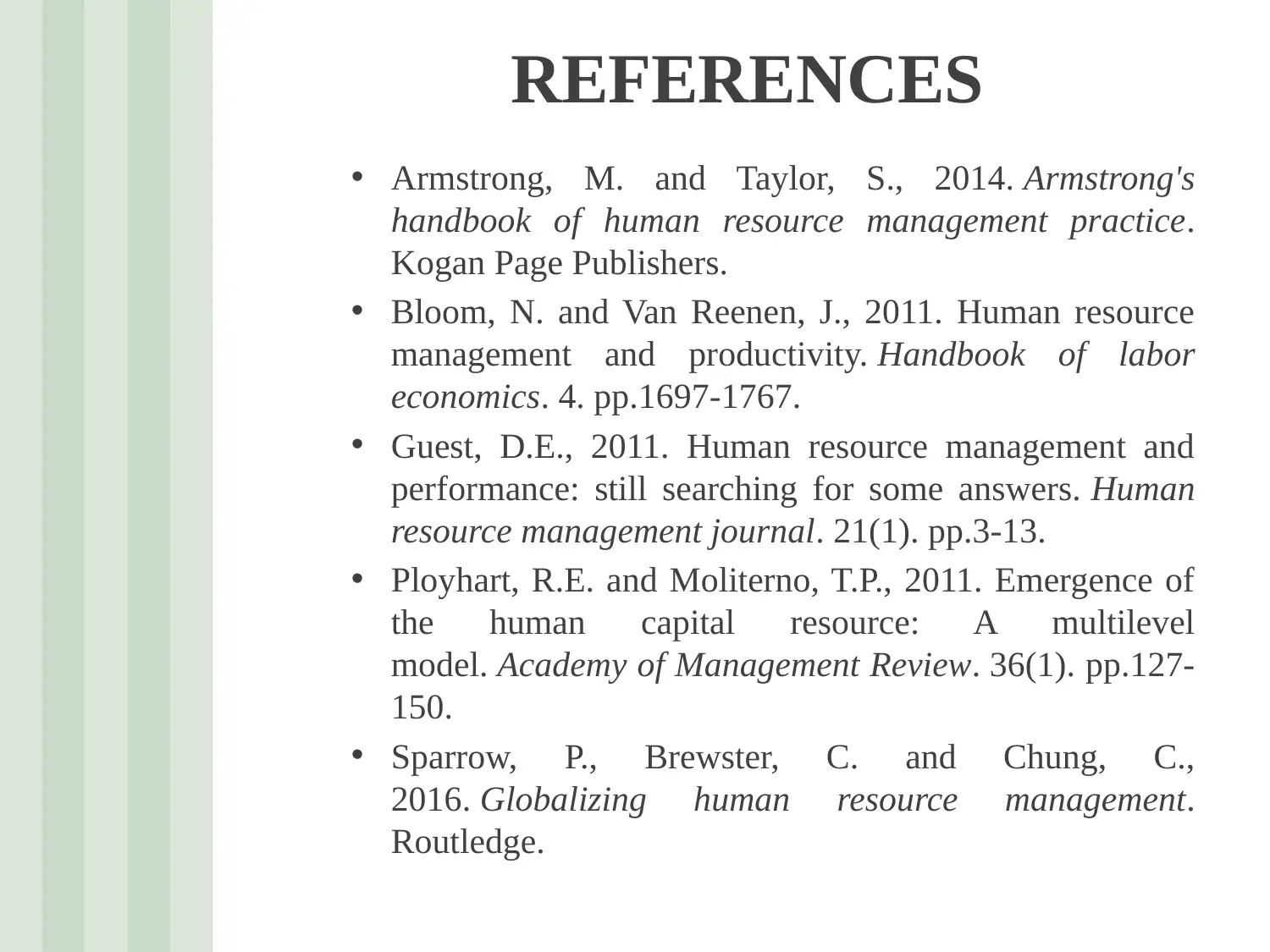BTEC HND Unit 21: Human Resource Management Assignment Report
VerifiedAdded on 2023/03/29
|8
|543
|369
Report
AI Summary
This report delves into the core concepts of Human Resource Management (HRM), contrasting it with traditional personnel management. It outlines the functions of HRM in contributing to organizational objectives, focusing on planning and recruitment processes. The report also examines the roles and responsibilities of line managers in HRM, particularly in employee engagement and performance appraisal. Furthermore, it analyzes the impact of legal and regulatory frameworks, such as the Civil Rights Act of 1964 and the Equal Employment Opportunity Commission (EEOC), on HRM practices. The report provides a comprehensive overview of key HRM principles and their practical applications, supported by relevant references.
1 out of 8















![[object Object]](/_next/static/media/star-bottom.7253800d.svg)